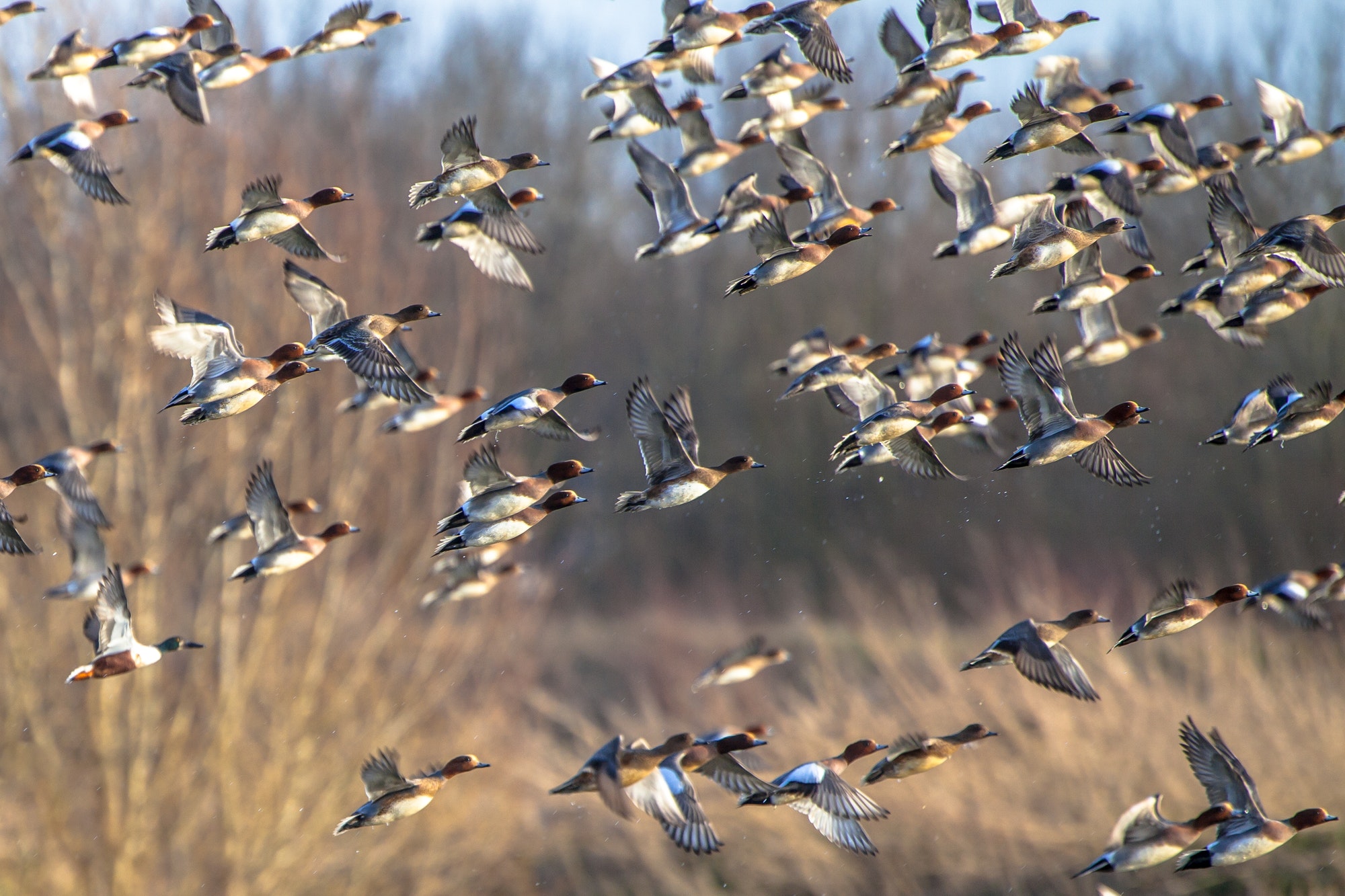How Our Actions Are Hurting Migratory Animals
Imagine your favorite animals that travel long distances across the globe—like sea turtles or bats—facing huge problems because of what humans do. Pollution, climate change, and new species popping up in places they shouldn’t be are all making life really tough for these travelers. A big study by a group focused on keeping migratory animals safe tells us that about 22% of these species could soon disappear forever, and almost half are finding it harder to survive.

Humans Are a Big Part of the Problem
The things we do are messing up the natural world in big ways. Fish that migrate are in serious trouble, with some like sharks, rays, and sturgeons seeing their numbers drop by up to 90% since the 1970s. Their homes are being destroyed, and they’re being overhunted, caught by accident, or even poisoned.
Migration: An Epic Survival Story
These animals go on some of the most epic trips you can imagine, traveling over land, through the air, and across oceans. They do this to find food, have babies, and get away from bad weather. But our buildings and changes to the environment are making it harder for them to move around, which is a big problem for their way of life.
Amazing Journeys
- Think about over a million wildebeest moving from one place to another in a huge group—it’s one of the coolest things you can see in nature.
- Then there’s the bar-tailed godwit, a bird that flies more than 8,000 miles without stopping from Alaska to Australia, showing just how tough these migratory birds are.
Trying to Save Them Is Hard But Important
Even though people are trying to help, many migratory species are still in danger. The study we talked about says we need countries to work together better to keep migration routes safe and protect the places these animals need to live. Sadly, 70 species they’re keeping an eye on, like the steppe eagle and the Egyptian vulture, are still losing numbers.
We Need to Work Together
It’s really important for countries and people who care about nature to join forces and fight the things causing all this damage. Saving migratory animals means making sure their homes and the paths they travel are safe and sound, which is something we should all want to be a part of.
This version breaks down the serious challenges migratory species face into simpler terms, aiming for a clear understanding while maintaining a confident tone.

Frequently Asked Questions (FAQs)
1. Why are migratory species so important?
Migratory species play crucial roles in ecosystems around the world. They help with things like pollination, controlling pest populations, and maintaining healthy and balanced ecosystems. Their journeys are also key for the survival of many species, as they move to find food, mate, and escape extreme weather.
2. What are the main threats to migratory species?
The biggest threats include habitat destruction, pollution, climate change, and overexploitation. Human activities like building infrastructure can also block their migration paths, making their incredible journeys even more difficult.
3. How does climate change affect migratory species?
Climate change can mess up the timing of migration, as animals rely on environmental cues like temperature and season changes. It also affects the availability of food and safe breeding grounds, making their journeys and survival even more challenging.
4. What can I do to help protect migratory species?
You can help by supporting conservation projects and organizations, reducing your own carbon footprint to fight climate change, and spreading awareness about the importance of these species and the threats they face. Even small actions, like planting native plants or reducing plastic use, can make a big difference.
5. Why is international cooperation necessary for conserving migratory species?
Since migratory species cross borders and continents, protecting them requires efforts from multiple countries along their migration routes. International cooperation ensures that these animals have safe passage and access to critical habitats throughout their journey, making conservation efforts more effective.
Sources The Guardian



Pingback: A New Climate Milestone: Crossing the 1.5°C Threshold - Linkdood Technologies